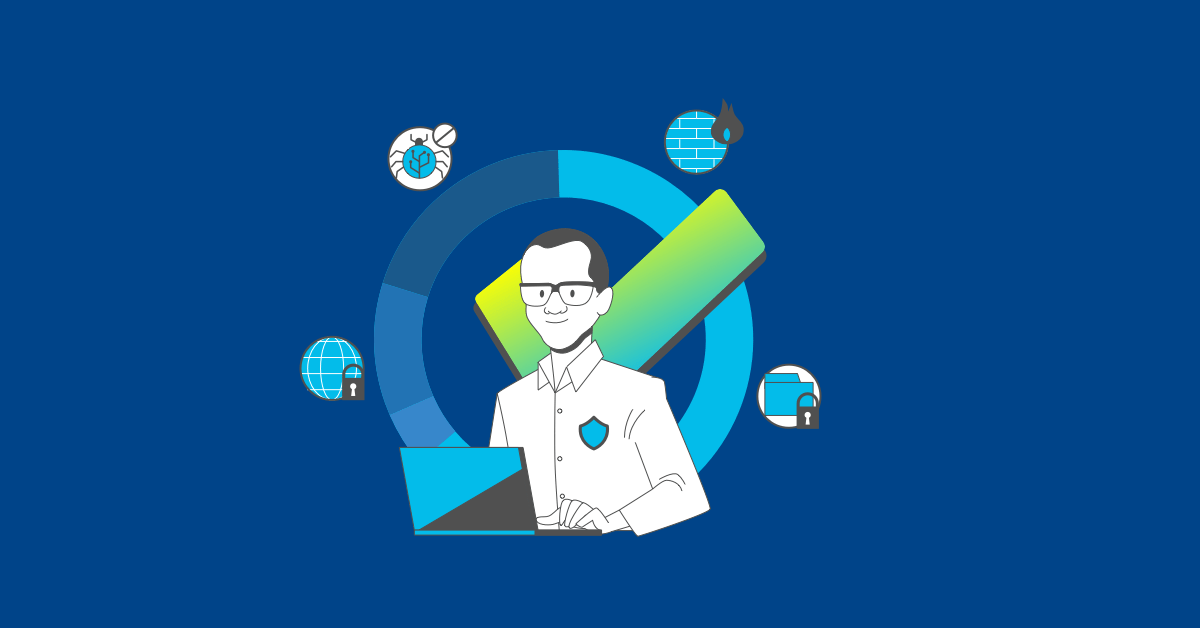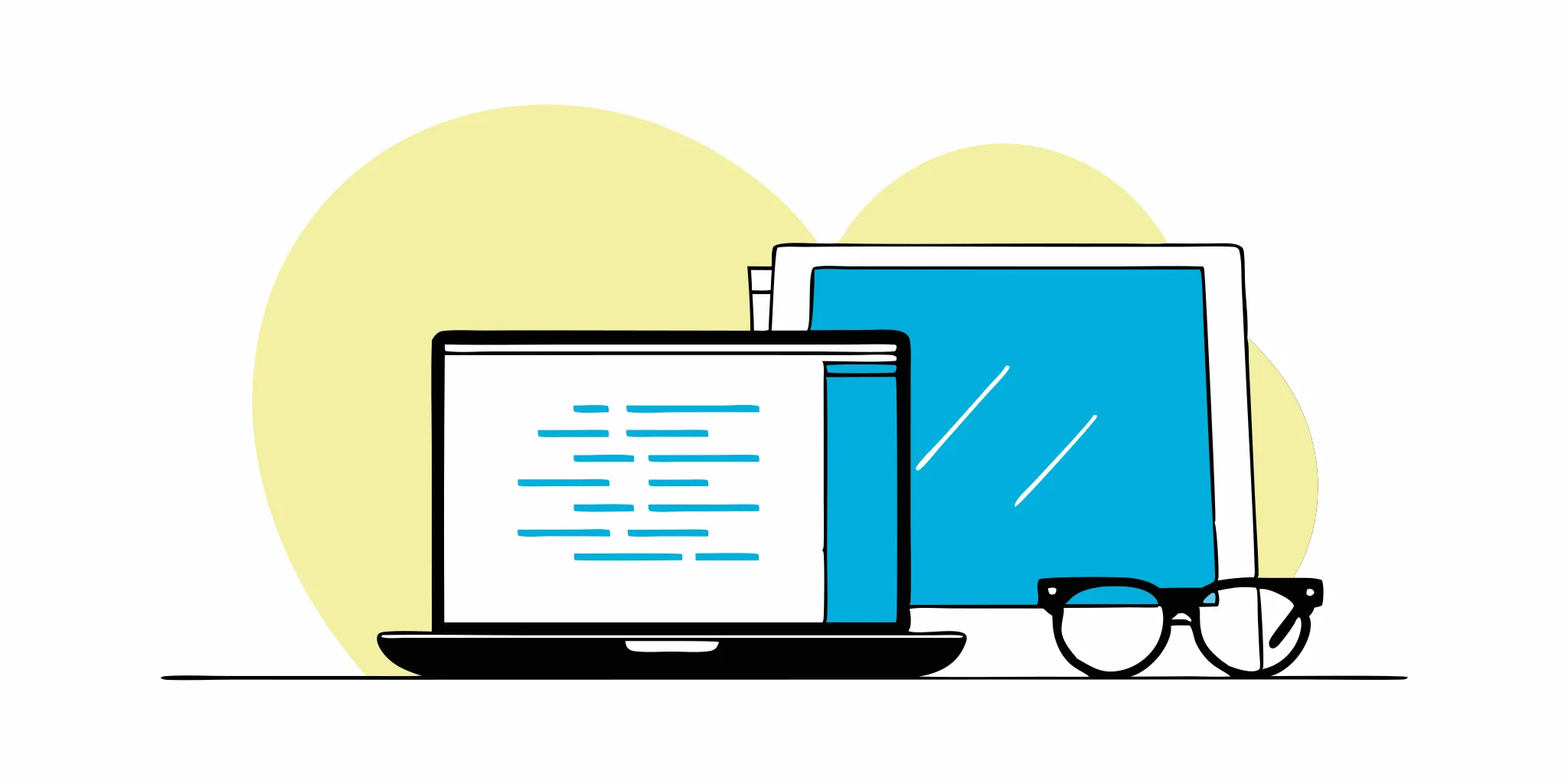SaaS customers are essentially paying for the convenience of using a vendor’s software without the responsibility of maintaining it. Essentially, what this means for developers is that they need to be very much on point when it comes to designing, developing, and maintaining the products they’re selling.
In order to produce high-quality software in short amounts of time, every efficiency needs to be implemented, and with SaaS testing being one of the most time-consuming elements of product development, this means addressing it as it comes and testing as early and as often as possible.
Testing like this comes with countless perks. Some are clear from the start, and others are slightly more subtle. We will look at both and how SaaS testing overcomes challenges arising in software as a service development.
The Obvious Benefits of SaaS Testing
The motivations for testing, especially in SaaS products, reflect the benefits it provides. If you ask any developer, you’ll be given numerous answers about why testing is so important. These answers will almost always include:
- Quality – This is the overall umbrella term for everything that follows. It is the combination of countless elements of the software itself being presented to the standard that’s expected of it.
- Performance – This is essentially how well the product works, again, relative to expectations, what it can and can’t do, and how well it does these things. The speed, the range of applications, and the accuracy of the software outcomes are all key elements to customer satisfaction.
- Reliability – This is how consistently the software achieves what it’s designed to do and how well it handles rare occurrences such as unusually high loads. SaaS testing demonstrates the capacity of the software, something that is critical to preventing it from collapsing under unexpected strain.
- Confidence – Users of software that score highly in the above categories are confident in their purchase and the software’s abilities, so this is an important customer-centered motivation for testing.
- Validation – This is the reinforcement you get from seeing that the code you have written is doing what you wrote it to do.
So, testing in SaaS brings these benefits to your software, which seem pretty important. Yet, testers commonly cut corners or procrastinate when testing because of its reputation for being difficult. If this happens among a team you’re involved in, it might be worth pointing out some of the slightly more hidden benefits of testing your SaaS product.
Lesser-Known Advantages of SaaS Testing
When you or someone in your team is struggling to stay motivated, consider that along with the obvious benefits of SaaS testing, there are several reasons why avoiding it will come back to bite you in the future.
- Testing will improve your algorithm and implementation.
- Testing results in cleaner code by forcing you to restructure your code specifically with testing in mind.
- Your testing will push third-party dependencies, ultimately saving a lot of trouble finding problems arising from 3rd party sources.
- Tests themselves are a form of documentation. Tests give new developers a much clearer idea of how your software works than they would get from following the API.
- Testing SaaS applications as you go saves countless resources down the line. However, running tests manually is simply impossible right before deployment. It takes too much time, it cannot have the same coverage as continuous testing, and you’ll never be able to cover every single environment the user may have.
- Confidence in the software also refers to the attitude of the coders in the team toward each other and the comfort that comes from knowing that your software does what it’s supposed to do.
- Finally, without testing, you are breaking a promise to the customer. Testing allows you to vouch for your product; that same product that translates to their purchase and your salary. Without it, your entire product chain is unstable.
SaaS testing comes with more subtle importance too, and in a competitive industry is critical to provide software as a service. But how does testing happen?
Testing SaaS Applications at Different Developmental Phases
SaaS products go through a series of steps in their development, and testing adjusts its approach as needed. The types of testing are generally determined by the state of the software components and where they are along the developmental process. As a result, it’s possible to break down the entire development into three major phases, separated by the kinds of tests prioritized at each phase.
- Unit Tests – these are usually the first stage of the testing lifecycle and cover individual modules of units of code. These tests can often be automated, run in high numbers, and test various components individually.
- Integration tests – These work on combinations of units to see how one affects the others. Integration testing is needed when combining and when adding units or features to the code.
- System tests – Once the system is in place, numerous forms of system testing can go ahead. These typically take longer and may involve multiple environments. Regression testing itself is a form of system testing, but others include load testing and recovery testing.
This is a brief overview, and there are multiple subdivisions and categories of testing that will show up at different stages and in different orders of priority throughout the development. However, breaking it down like this makes it easy to see why testing throughout development is so critical.
Multiple challenges arise in SaaS development, with which testers have to keep up. This agile process leads us neatly to some of the best practices in SaaS testing.
SaaS Testing Challenges and Best Practices
Many of the challenges and best practices for SaaS testing are one in the same. The best practices are ones that react in response to challenges, to overcome them as they arrive. These can be broken down into the following:
- Time to Launch – With rapid releases, development teams need to fit in thorough testing procedures while sacrificing nothing in terms of deadlines. To do this, SaaS testing occurs early and often to stay on top of the development process.
- Complex Security – With software becoming more complex and cloud-based, it opens up more loopholes for bad agents to exploit or mistakes to leave customers exposed to security risks. Multiple waves of testing and a heavy focus on integration help to reinforce these weak points.
- Integrations – The nature of our software-dominated world leads to the need for numerous integrations, so this in itself is another necessary area for testing. Multiple new contexts need to be designed for testing under many circumstances, and advanced integration testing needs to be developed in conjunction with the development.
Every build will throw up unique challenges, but testing SaaS applications with a robust testing methodology means that testers should rarely be blamed for a delay in the time to launch.
Conclusion
There’s no ignoring it; SaaS testing is crucial to developing a reliable and quality product and necessary for any company wishing to compete in a busy market. The benefits aren’t always immediately apparent, but after brief consideration, they should be impossible to argue against.
To stay on top of the development process, relevant testing at every stage is critical. Doing this makes it possible to stay on top of challenges and keep promises to the customer to provide them with a trustworthy product.




%20(1).png?width=150&height=69&name=MuukTest-logo---light-background%20(3)%20(1).png)
